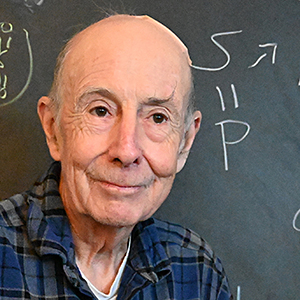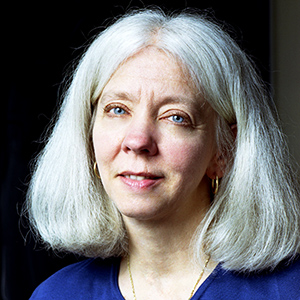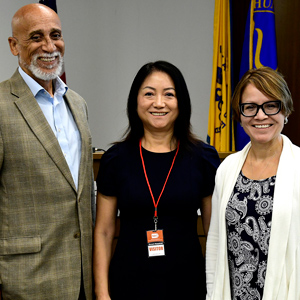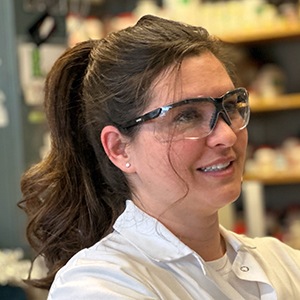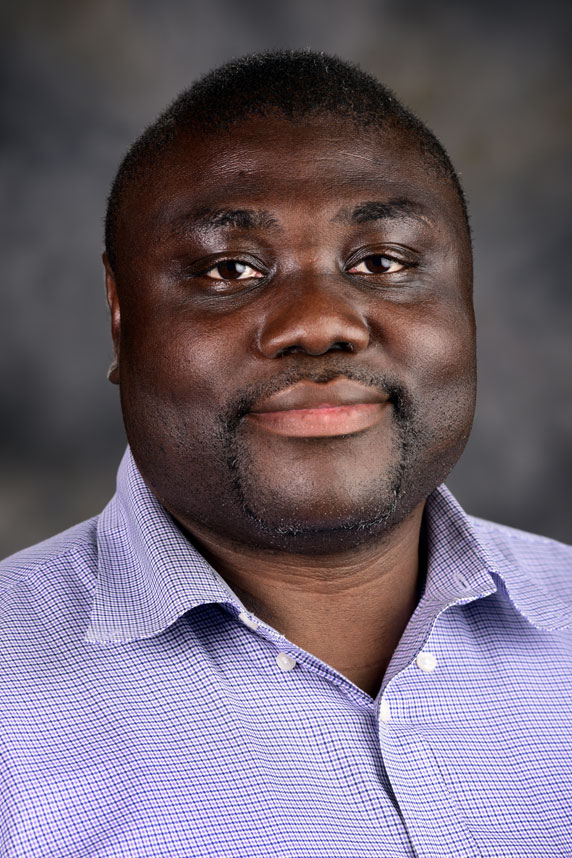
Illustrating the bigger-picture cellular networks driving health and disease is at the heart of computer-based models developed by Benedict Anchang, Ph.D.
His team aims to improve understanding of how pharmaceuticals, environmental chemicals including endocrine disruptors, and viruses influence cell-to-cell communication in complex, multicellular systems. Disruptions in how cells communicate with one another can lead to cancer, birth defects, neurological conditions, and other developmental disorders.
“His pioneering work in multiscale modeling, visualization, and integration of dynamic changes in complex biological processes — such as cancer, drug response, and toxicity — advances our understanding of these systems with the goal of achieving personalized and precision health,” said Alison Motsinger-Reif, Ph.D., chief of the NIEHS Biostatistics and Computational Biology Branch.
On Jan. 14, Anchang was honored with a Presidential Early Career Award for Scientists and Engineers. The award is given by the federal government to investigators who show exceptional potential for leadership early in their research careers.
“I am deeply honored to receive this award,” Anchang said. “It is a testament to a journey supported by my late parents, exceptional mentors, and an outstanding research team.”
Mapping environmental effects during pregnancy
Anchang’s lab studies disease microenvironments linked to maternal health, diabetes, and cancer.
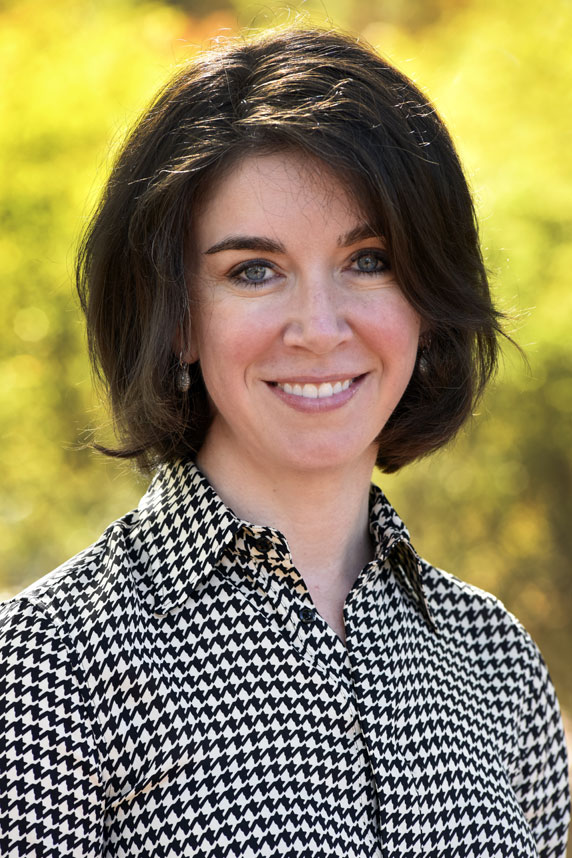
His team is developing the first map of placental cells from Nigerian women as part of the Human Cell Atlas, an international effort to map all cells in the human body. The Chan Zuckerberg Initiative has awarded Anchang more than $1 million to support this project. Anchang’s contribution will enable studies of how environmental and social factors affect pregnancy-related outcomes across different ancestries.
“We aim to fundamentally advance our understanding of fetal growth, maternal health, and lifelong health outcomes by mapping prenatal exposures and developing new tools to understand how those exposures interact,” said Anchang.
He added that his team is leveraging single-cell data from African and other ancestries to uncover cross-tissue communication patterns critical for addressing disparities in maternal and neonatal health.
Using AI against cancer
Another major project in Anchang’s lab uses AI-driven methods to enhance understanding of drug resistance and toxicity. Anchang and his team have developed an AI-based reference mapping strategy that profiles tumor subpopulations using single-cell data. The goal is to use AI to predict in the lab how a tumor would respond to a particular treatment before that treatment is prescribed for an individual patient.
For example, they are creating an approach to comprehensively characterize breast cancer cell subgroups by analyzing changes in gene activity. This approach helps identify cells’ sensitivity and non-sensitivity to dexamethasone, a drug that impacts all cells in the body.
Anchang said the model framework he is developing to capture how cancer cells respond differently to treatment will pave the way for more personalized and effective cancer care strategies.
(Elizabeth Witherspoon, Ph.D., is a contract writer for the NIEHS Office of Communications and Public Liaison.)
Paloma Beamer recognized for research, leadership
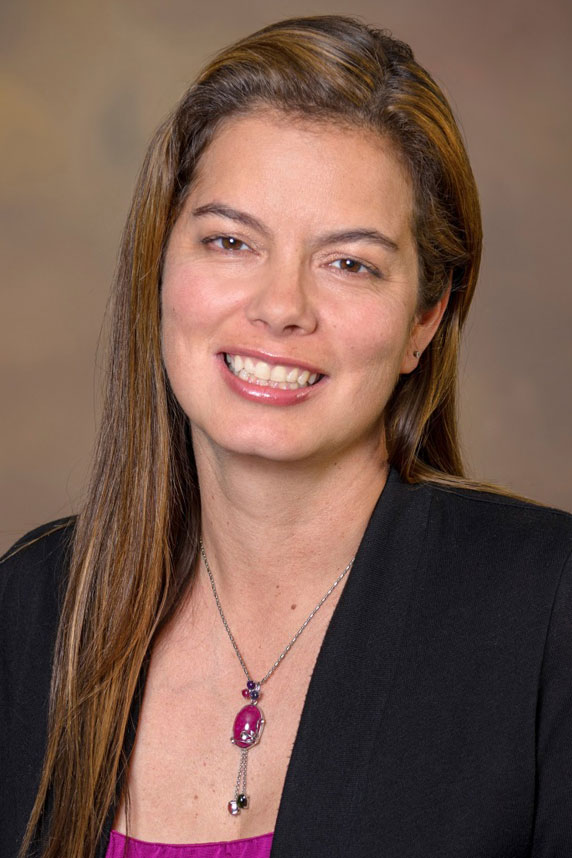
Paloma Beamer, Ph.D., an NIEHS grant recipient at the University of Arizona, also received a Presidential Early Career Award for Scientists and Engineers on Jan. 14. In addition to her valuable community-engaged research work and her leadership of the International Society for Exposure Sciences, Beamer directs the Community Engagement Core at the Southwest Environmental Health Sciences Center.
Liam O’Fallon congratulated Beamer, noting “she has an incredible commitment to excellence in research and environmental public health to ensure the health and well-being of all.” O’Fallon directs the Community Engagement Cores that are a part of the network of the NIEHS Environmental Health Sciences Core Centers.
“I am deeply honored and humbled to have been recognized,” said Beamer. “As an engineer dedicated to improving exposure science, it is a profound privilege to receive recognition for my community-engaged scholarship. This would not have been possible without my community partners, collaborators, students, staff, mentors, and the communities we serve.”
Beamer studies methods of exposure and health risks of environmental contaminants.






